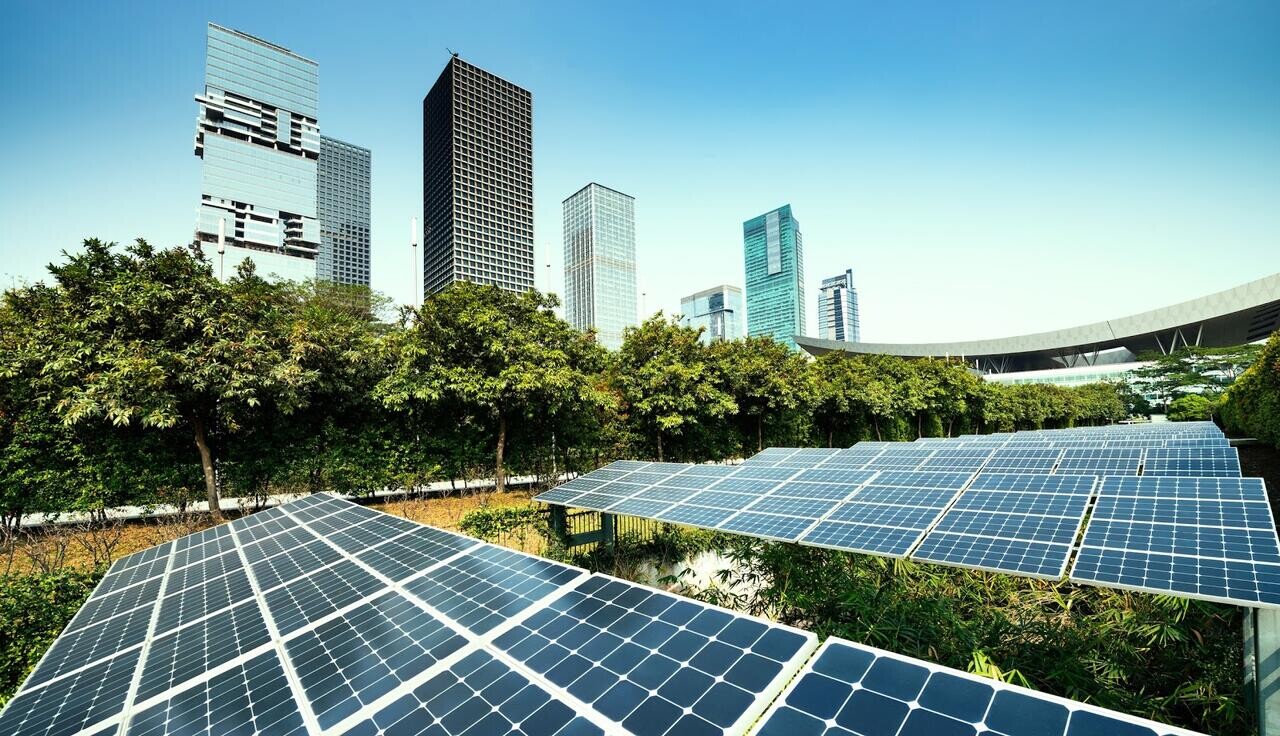
In the realm of modern architecture and construction, the pursuit of innovation is unending. From sustainable materials to energy-efficient designs, every aspect of building practices is constantly evolving to meet the challenges of a rapidly changing world. One such innovation that is revolutionizing building practices is the use of controlled environment panels.
Controlled environment panels, often referred to as insulated panels or SIPs (Structural Insulated Panels), are a type of building material that offers a range of benefits, from enhanced energy efficiency to improved structural integrity. These panels typically consist of two layers of rigid material, such as oriented strand board (OSB) or metal, sandwiching a layer of insulation material, such as expanded polystyrene (EPS) or polyurethane foam.
The impact of controlled environment panels on building practices is multifaceted, touching upon various aspects of construction, sustainability, and design. In this article, we will delve into the ways in which these panels are revolutionizing the way we build, and the implications for the future of architecture.
Enhancing Energy Efficiency
One of the most significant benefits of controlled environment panels is their ability to enhance energy efficiency in buildings. Reduced heating and cooling costs are a direct result of the improved thermal performance offered by the insulating layer contained within these panels. In addition to lowering heating and cooling-related carbon emissions, this also leads to reduced energy expenses for building owners.
Moreover, the airtight seal created by controlled environment panels helps prevent air leakage, further improving energy efficiency. By minimizing drafts and maintaining consistent indoor temperatures, these panels contribute to a more comfortable and sustainable built environment.
Accelerating Construction Timelines
Another key impact of controlled environment panels is their ability to accelerate construction timelines. Traditional construction methods often involve multiple stages, from framing to insulation to finishing, each of which requires time and labor. In contrast, controlled environment panels streamline the construction process by integrating insulation and structural support into a single panel.
This prefabricated approach allows for faster installation, reducing construction timeframes significantly. Metal insulated panels offer a seamless solution for enhancing energy efficiency and structural integrity in modern construction projects. Builders can erect structures more quickly and efficiently, saving time and money without compromising on quality. As a result, controlled environment panels are particularly well-suited for projects with tight deadlines or budget constraints.
Improving Structural Integrity
In addition to their energy-saving benefits and time-saving advantages, controlled environment panels also offer improved structural integrity compared to traditional building materials. These panels can endure harsh weather and support big weights thanks to their sandwich design, which gives them an outstanding strength-to-weight ratio.
This enhanced structural performance not only ensures the safety and durability of buildings but also allows for greater design flexibility. Architects and builders can create innovative structures with larger open spaces and longer spans, knowing that controlled environment panels provide the necessary strength and stability.
Fostering Sustainable Development
Beyond their immediate benefits for individual projects, controlled environment panels play a crucial role in fostering sustainable development at a broader scale. By reducing energy consumption, minimizing waste, and optimizing resource utilization, these panels contribute to a more sustainable built environment.
Furthermore, many controlled environment panels are made from recycled or renewable materials, further reducing their environmental footprint. These panels’ sustainability credentials are further enhanced by the fact that they last a long time and require little maintenance, which means fewer material replacements.
Conclusion
Controlled environment panels are undoubtedly revolutionizing building practices in the realm of modern architecture and construction. SIP panel manufacturers are at the forefront of revolutionizing building practices by supplying innovative materials that enhance energy efficiency, accelerate construction timelines, and improve structural integrity. From enhancing energy efficiency and accelerating construction timelines to improving structural integrity and fostering sustainable development, the impact of these panels is far-reaching and multifaceted.
The construction sector is set to witness the rise of controlled environment panels as a leading option for sustainable and efficient building practices. The use of these cutting-edge materials and methods allows architects, builders, and developers to construct structures that are sustainable in their impact on the environment and financially feasible.


